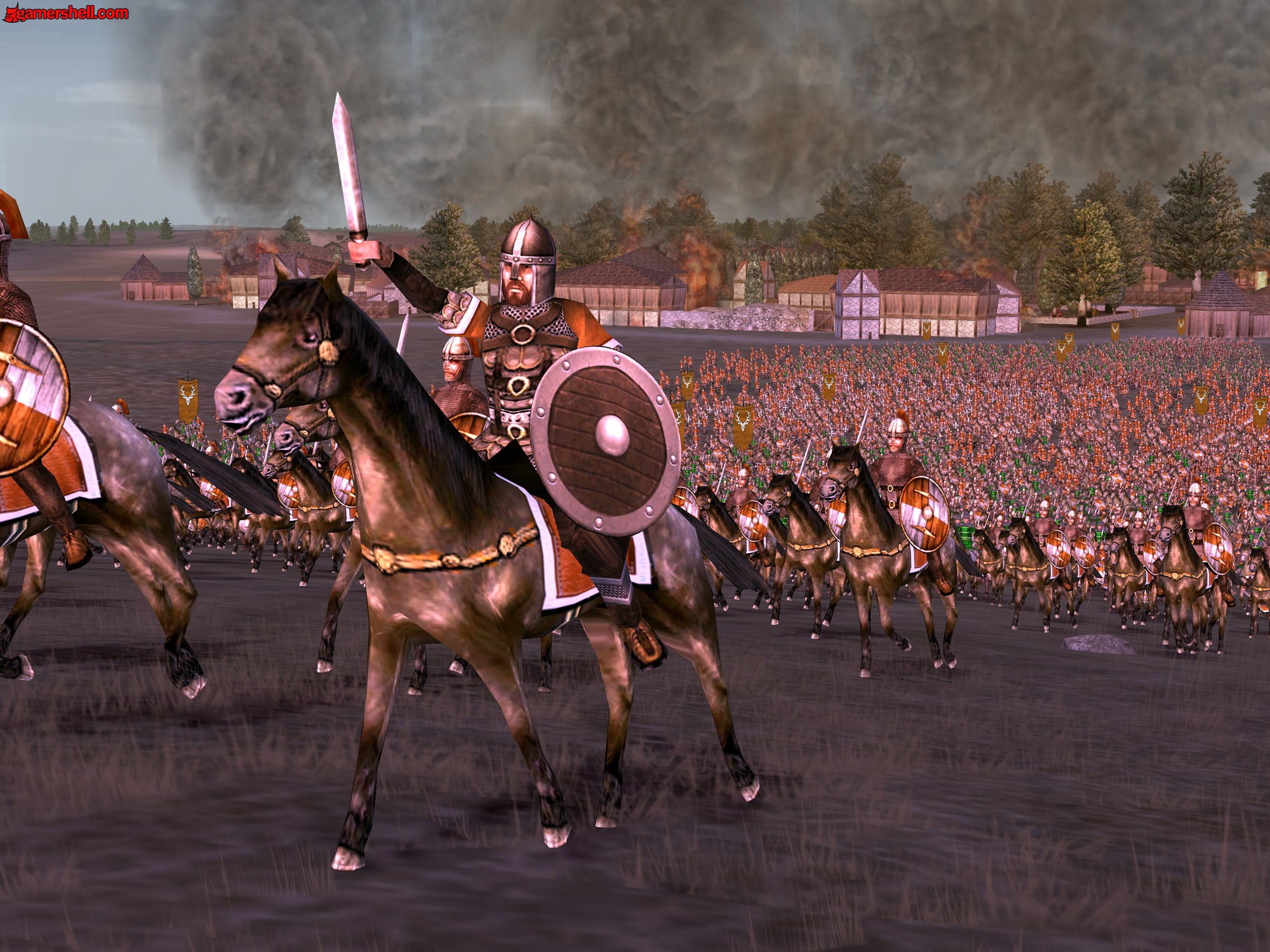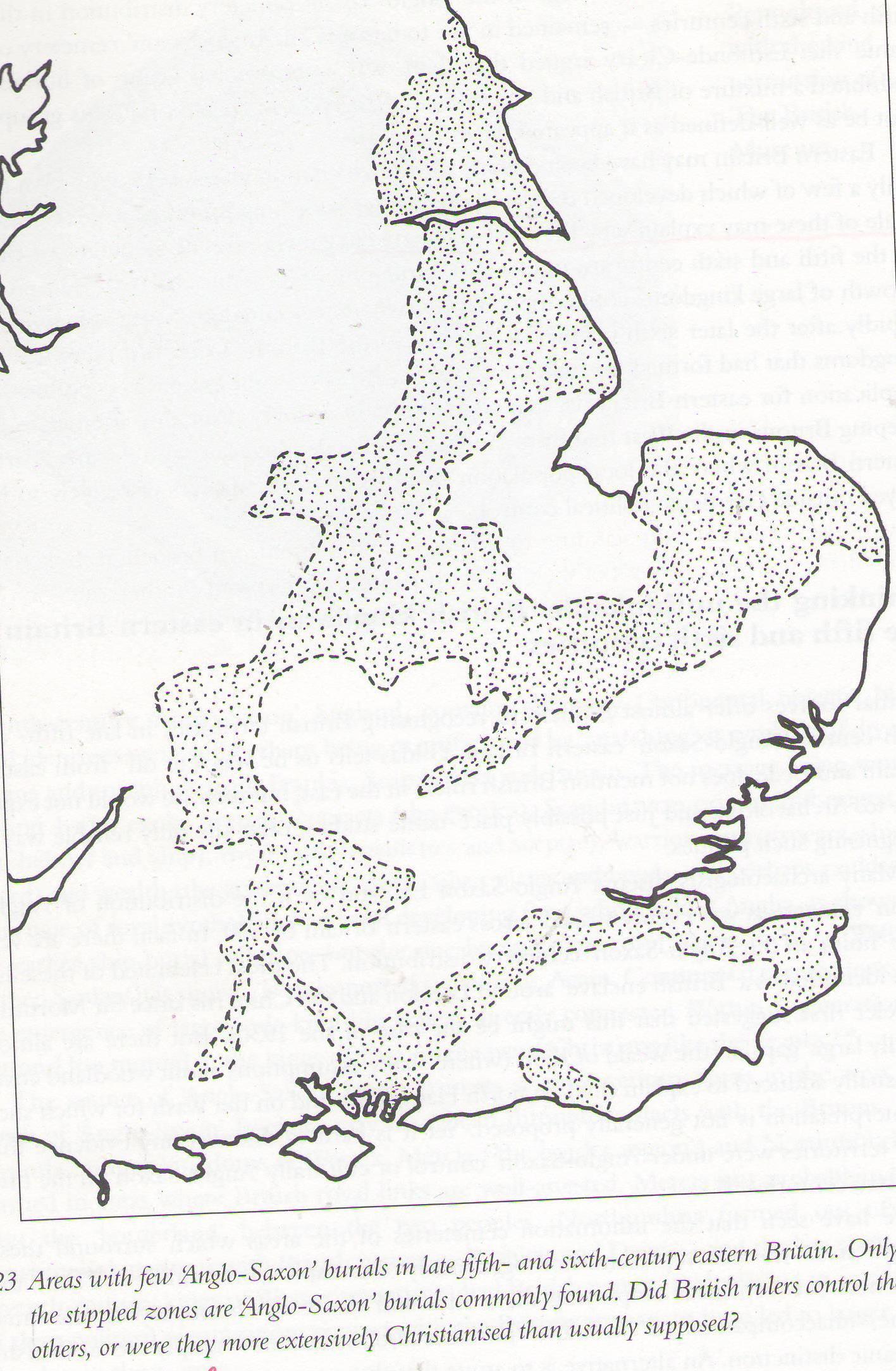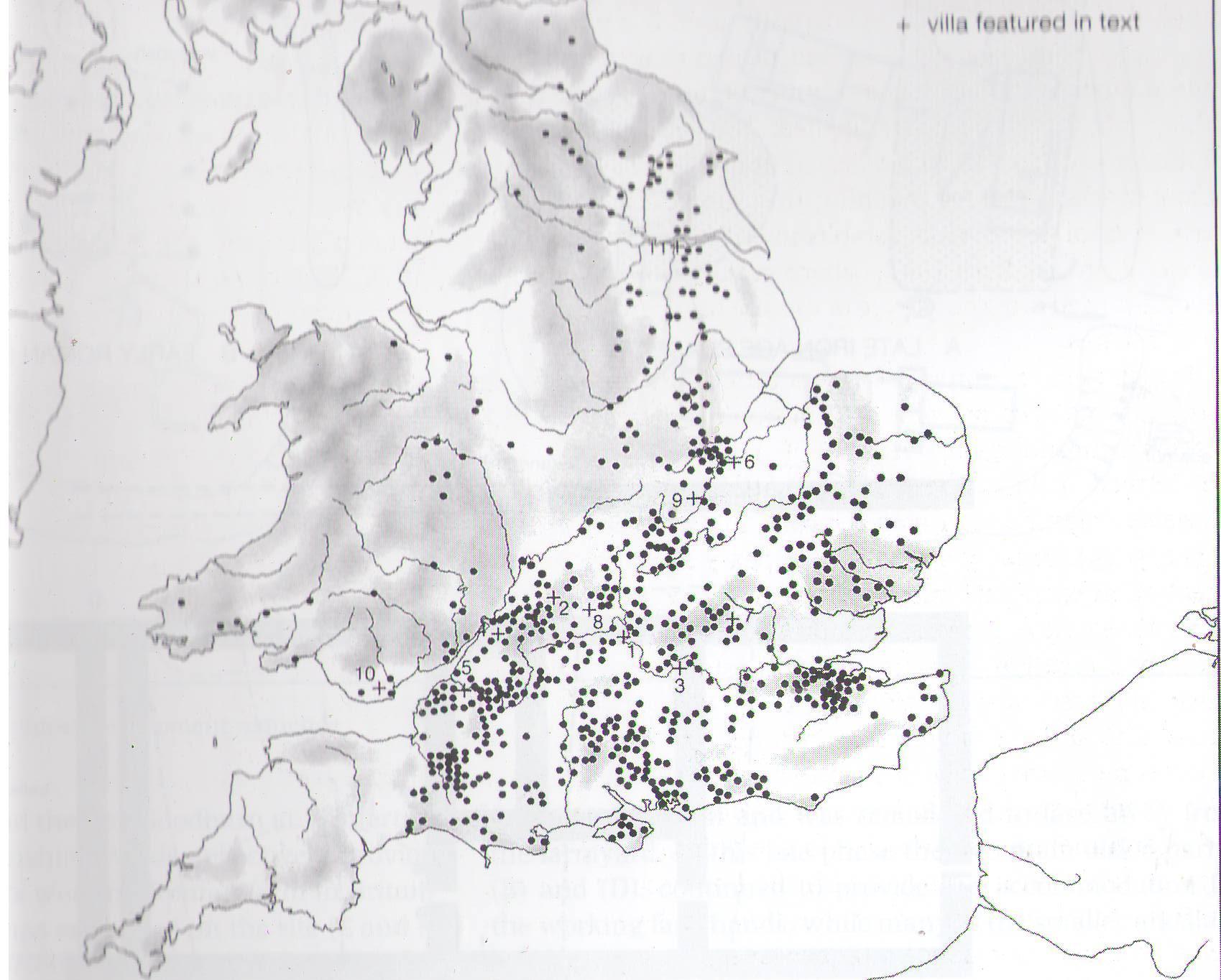Forgotten Kingdoms: Enclave London! July 12, 2013
Author: Beach Combing | in : Ancient , trackbackIn 410 the walls of Britannia came crashing down. In a situation of great confusion Rome apparently disavowed its interest in the island; the island that had always been its poorest province, and got on with trying to save its continental possessions: the failure of that task a generation later marked the end of the Western Empire and the beginning of the Middle Ages. The apocalypse that followed in Britain, as Scotti, Picts and ‘Saxons’ poured in, is there in the archaeological record: or rather it isn’t there, because the whole point of the collapse of Roman life was that Romano-Britons (or the post-Romans) became invisible in archaeological terms. They stopped using coins, they stopped using bricks and tiles, they stopped, for the most part, using iron, incredibly, they stopped making pottery, their cities emptied… They slipped back to the stone age as the delicate structure of Roman life resolved itself to dust.
Or did it? There has long been the idea that in some pockets in the south-east, Romano-British communities managed, at least for a time, to weather the storm. Beach has looked previously at Calleva Atrebatum, a magical, now lost city. But scholars have generally been more interested in nearby Londinium (or London to its successors). There it has been suggested that a Romano-British pocket or enclave held out, surrounded by the long-haired Germanic Anglo-Saxon savages, aka the English. Post-Roman Londinium would, by this reckoning, be a cool place to set a novel. All those Welsh-speaking, Virgil-spouting Londoners drinking gin and tonics and pointing out at the barbarian fires across the Thames. ‘This year or the next they’ll come, Owain’. One scholar, Ken Dark, has gone even further and suggested that much of the south-east of England remained Romano-British in the fifth century. See map below: sorry for pathetic scanning skills and note the weasel word ‘commonly’.
The problem with the Enclave London theory and Dark’s wider hypothesis is the almost total lack of evidence. Both theories depend not on Romano-British proof: the Post-Roman RBs are invisible in the archaeological evidence. It depends rather on the lack of Anglo-Saxon evidence and, above all, on the lack of Anglo-Saxon cemeteries: the Anglo-Saxons were beer-swilling, grave-gift-giving barbarians and are consequently extremely visible in the soil. In other words the whole Londinium enclave was posited on two overlapping vacuums: one Romano-British (expected) and the other Anglo-Saxon (unexpected). Then, just to add some narrative to this story of two vacuums, archaeologists have pointed to various Anglo-Saxon cemeteries around the edge of Londinium suggesting that these represented Anglo-Saxon mercenary communities paid by the Londoners to guard them.
Beach has always had serious qualms about this theory because (a) it sounds like a ‘good story’ of the kind that archaeologists are particularly prone to; and (b) because it is based on an absence of evidence, which is never ideal. He has particularly been struck by the fact that the absence of Anglo-Saxon cemeteries in the south-east overlaps with other archaeological gaps, e.g. comapare with the gaps on this map of Roman villas above. The most likely explanation for this is not that the Romano-British failed to build villas in these south-eastern parts (though there is some hill-land there) but that for some reason Roman and Dark Age sites are not being turned up by the trowel in this general area. There has also been a new piece of exciting evidence that might sink the Dark theory of a London enclave for good. In 2005 an Anglo-Saxon cremation cemetery, admittedly a small one, was dug up at Covent Garden near the centre of London. At first archaeologists presumed that this was one of the early sixth-century Anglo-Saxon cemeteries, which mark the beginning of modern London. But dating is consistent with the later fifth or the early sixth century. In other words, the absence on which Enclave London has been built risks being turned inside out (horrific mixing of metaphors). Enclave London looks increasingly like, not a Forgotten Kingdom, of the kind loved on this site, but rather an Invented Kingdom.
The best guess on the end of Roman Britain is the same as it was a generation or a century ago: it was nasty, brutal and quick. Think a very fat man, sitting down hard on a sack full of kittens.
Can we save Enclave London? drbeachcombing AT yahoo DOT com
29 July 2013: Jonathan Jarrett from A Corner writes, Enclave London as a theory has always rather attracted me, and when I first met it it was based not on the archaeology or its absence–though that 2005 cremation cemetery is news to me!–but on two things, firstly the annal in the Anglo-Saxon Chronicle for 457 that has a defeated British army retreating to London, implying it was British and defensible still, and on a ring of supposedly early place-names (Yeading, Harrow, and others less local to where I grew up) roughly on the modern line of the M25, none ever having been big places, suggesting almost an organised perimeter. This was the theory of Keith Bailey, who put it in an article about Middlesex in a 1986 book called _Origins of Anglo-Saxon Kingdoms_ which you may well know–if not it’s solid stuff, even now. Of course there are problems: the 457 date must be constructed, because no records would have kept in an Anglo-Saxon milieu so early, the dating of types of place-names is contested and must, always, have been subject to exceptions. But in an odd way the strongest argument for London as some kind of surviving centre is the name name Middlesex, the Middle Saxons. By the time we see this unit it had already gone; London was in the control of the East Saxons and/or Kent by 600, and British still in `457′. Somewhere in the middle there was an `Anglo-Saxon’ people in the Greater London area, and there’s not a lot of time for them to have set up and then died out! Of coure, there’s only a problem really if one wants to see a population movement of any scale, but increasingly work on Lincoln and Bamburgh and their respective kingdoms (Lindsey and Bernicia) suggest less a settlement and more a local military governor’s family becoming kings in an Anglo-Saxon manner, in a can’t-beat-’em-join-’em style that meant changes of clothing style, religion and sometimes names. Hard to prove either way, very much debated of course, but it would fit both enclave London and this early cemetery (which might yet allow us to say Middle Saxons existed…) Thanks, JJ!





